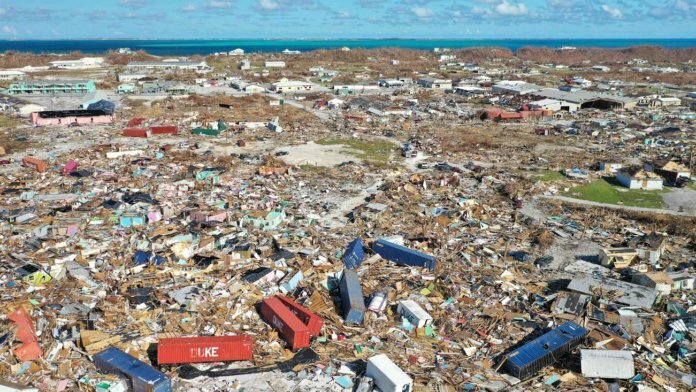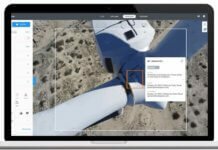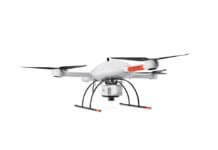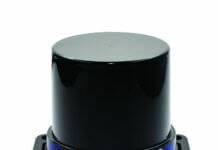An unmanned aircraft systems (UAS) team recently surveyed damage in the Bahamas in the aftermath of Hurricane Dorian, providing situational awareness to local government officials.
Members of the Airborne International Response Team (AIRT), a Miami-based nonprofit organization that provides UAS capabilities for disaster response, teamed up with members of the Southeast Florida Region 7 All-Hazards Incident Management Team (SEFL-R7 AHIMT), to form a joint reconnaissance team to survey damage across the hardest-hit areas of the Grand Bahama and the Abaco Islands in the northern Bahamas.
Operating out of Palm Beach International Airport in Florida, the team was able to secure private air transportation to the various islands they visited.
After coordinating with the Bahamian government, the team proceeded to Freeport, where they helped unload essential supplies. The team then departed to conduct damage assessment operations with drones at the University of the Bahamas – Northern Campus and in nearby neighborhoods that were hit the hardest by Dorian.
“We saw firsthand the damage that this hurricane leveled upon the Bahamas,” says Nigel Baker, team coordinator and incident commander of SEFL-R7 AHIMT. “The combination of massive storm surge and fierce Category 5 winds was more than most structures could bare, no matter what code they were built under.”
“The debris field at Marsh Harbor was unlike anything I have ever seen,” says Christopher Todd, executive director of AIRT. “By combining the drone with the latest rapid mapping technology, we were able to produce a highly accurate and incredibly detailed digital map of the hardest-hit areas of Marsh Harbor and other towns.”
Todd says this type of solution will soon be in use by search-and-rescue teams around the world when responding to disasters.
“Beyond just search and rescue and damage assessment missions, these types of systems will help us provide a better understanding of what exactly happened, why it happened, and how it might be prevented from happening again in the future,” he explains.
“This new technology is quickly providing new capabilities for emergency managers,” adds Baker. “More detailed information coming in quicker than ever before will allow us to make better decisions that will ultimately help save more lives.”
For now, the team will continue to provide requested support to the Bahamas as their capabilities and authority allows. However, the 2024 hurricane season is not over, the partners note.
“We need to remain vigilant and ready to respond to the next big storm,” says Baker. “We’ll take what we have learned in the Bahamas, continue training and put this new technology to good use once again when it is most needed.”










